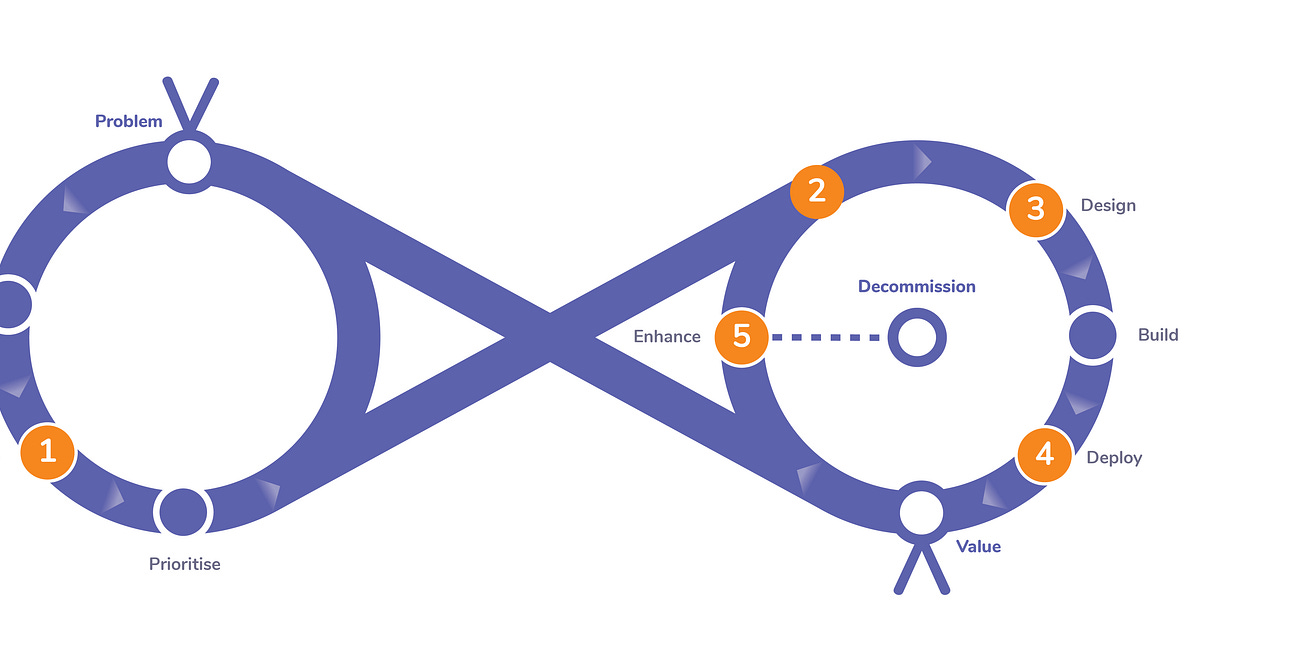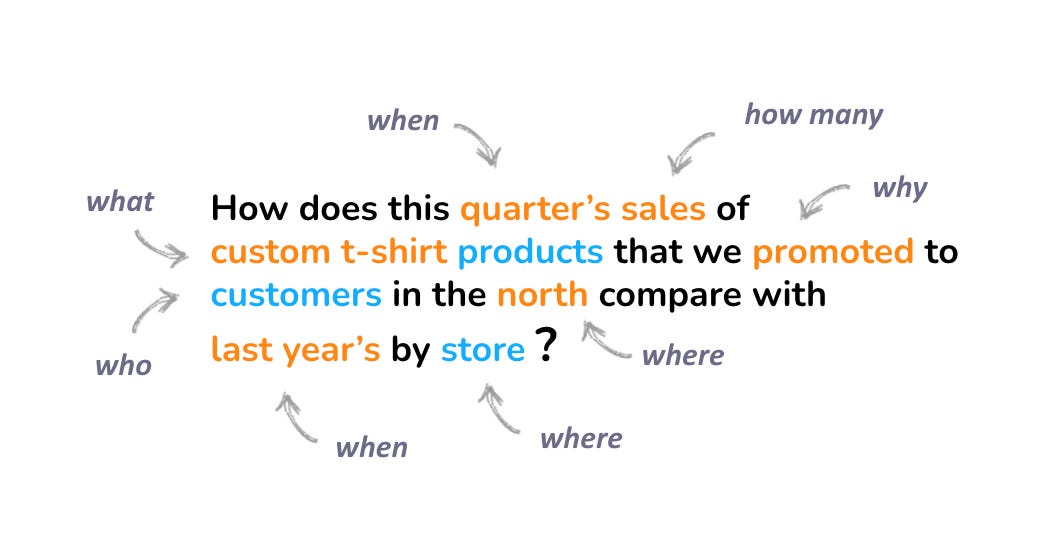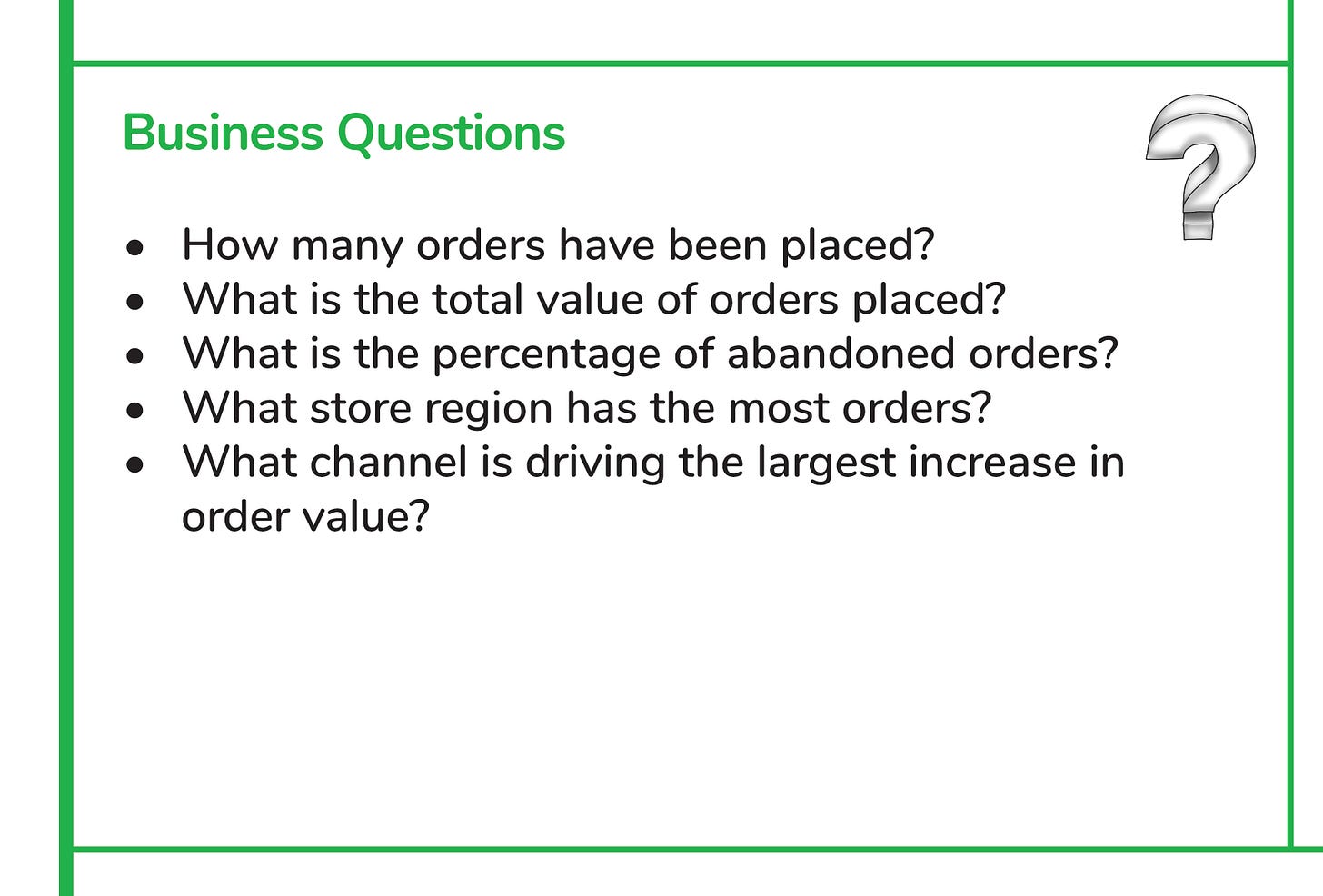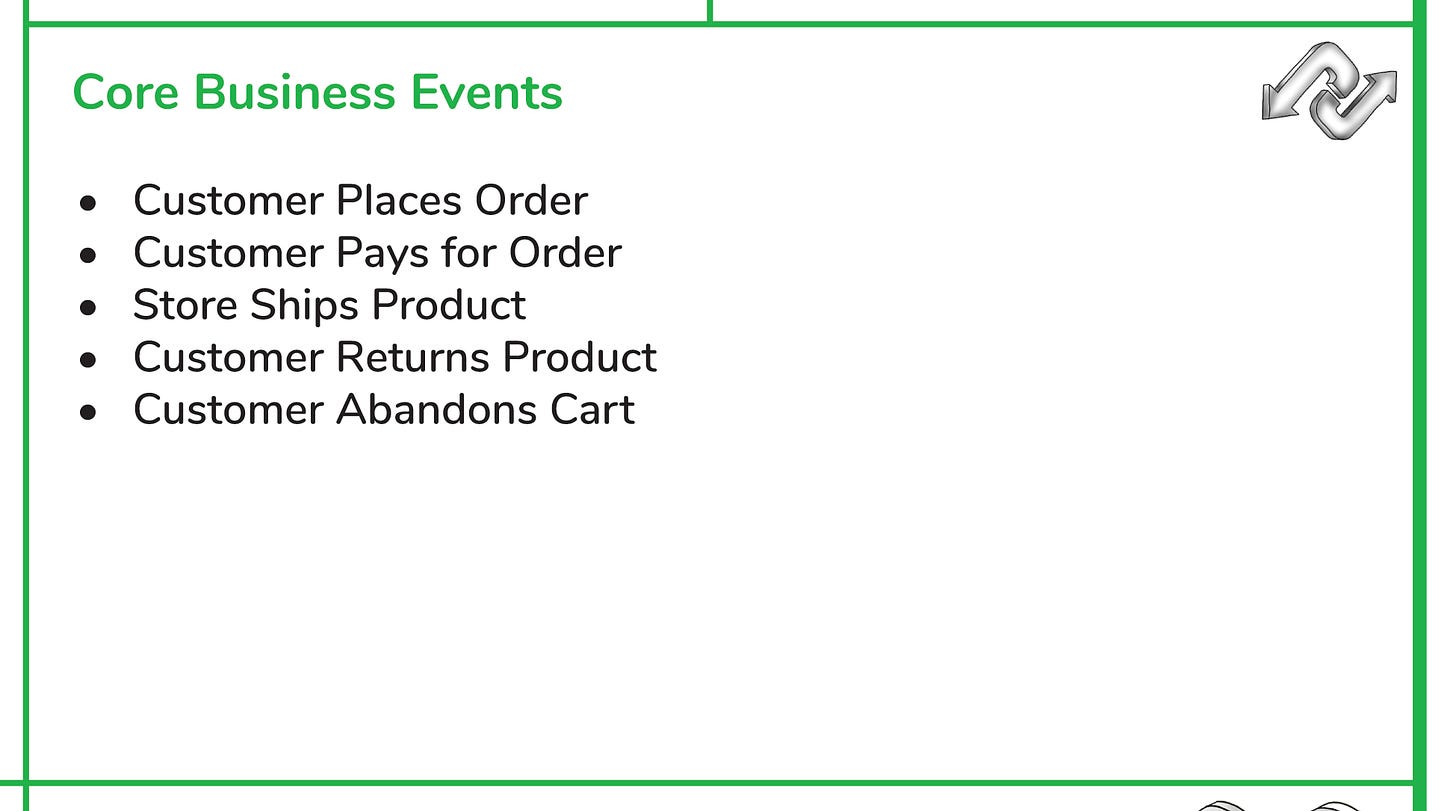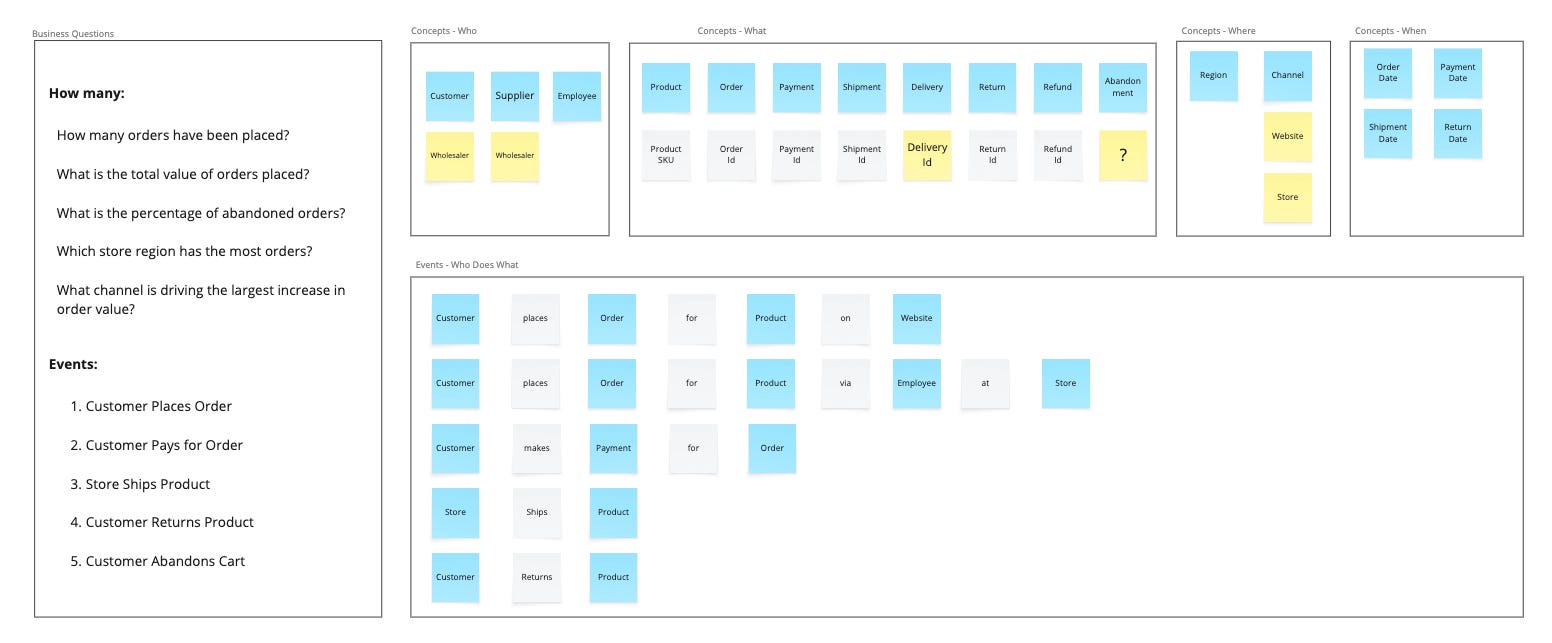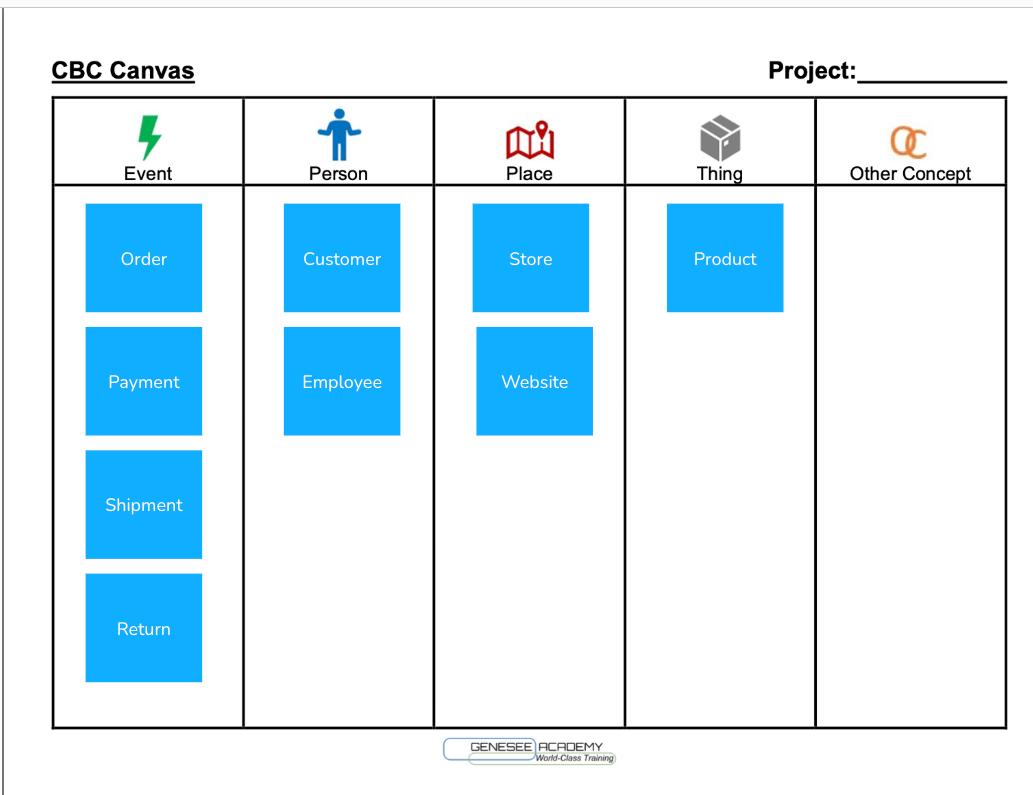From Canvas to Data Design
Discovering requirements is just the start of the Information Value Stream journey, Data Design is another of the important steps on the way to value
Do you prefer the feel and joy of reading a physical book?
Discovering requirements is just the start of the Information Value Stream journey, Data Design is another of the many important steps on the journey to delivering value.
More than a one use template
In the Green Book I outline the different stages in the Information Value Stream where I use the Information Product Canvas, you can read about that here:
Iterate Iterative Iteration
Like many pattern templates used in an Agile Data Way of Working, the Information Product Canvas is continuously updated as you move through the steps in the Information Value Stream.
One of the things I have been doing lately is working on how the Information Product Canvas adds value to the stages after Discovery.
How does it reduce the work required to do those stages?
How does it reduce waste?
How does it reduce the time taken?
How does it streamline collaboration and conversations?
How does it reduce uncertainty?
How does it reduce the cost of chnage, allowing us to experiment more often?
How does it make the complexity in those stages simpler?
As part of this I have been thinking about the Data Design step in the Design stage.
Defining Data Design
Three of the Agile Data Guides I have in the backlog are the:
Business Concept Maps (Blue Book)
Layered Data Architectures (Grey Book)
Information Factory (Steel Book)
The first of those I start to write will force me to create a clear definition for Data Design.
For now lets use a placeholder high level definition of:
Data Design is the pattern of discovering, organising and representing data so it aligns with real-world concepts and makes complex information understandable, accessible, and actionable.
And a placeholder detailed description of:
Data Design is like planning a city.
At the highest level, we start by listing the important places that exist, this is our concept map. It’s not yet a formal plan, just a shared understanding of what exists and what might connect.
Concept map → the town map
Just names and rough groupings of places: houses, shopping centers, library, schools, parks, hospitals, sewerage plants, airports. No formal layout yet, just “what exists.” and a rough indication of “where it should exists together or apart”.
From there, we move through layers of increasing detail:
Conceptual model → the street plan
Shows how the places are connected, roads, districts, neighbourhoods. We start to structure the map.
Logical model → the house plan
Each building’s layout: rooms, walls, how things flow inside a structure.
Physical model → the room layout
Where the walls, doors, and power outlets go, ready for builders.
Schema → the furniture in the room
The exact shape, placement, and format of each object that fills the space.
This layered view shows how data design starts well before technical modelling—it begins by agreeing on what matters, what exists, and how people talk about it.
Still needs a bit of work, but you can see where I am going to go with it, when I start working on it in anger.
Credit to Christopher Alexander and his original books “A Patterns Language” and “The Timeless Way of Buildings”. And to John Giles and his book “The Data Elephant in the Board Room”.
The Canvas as an Input into Data Design
Here are some early thoughts on the Patterns and Pattern Templates that the Information Product Canvas can help with in the Data Design step.
These thoughts are “Hand Waves” as described here:
https://agiledatawow.substack.com/about
I have used these in training material, and in coaching Data and Analytics teams, and in the delivery of our Fractional Data Services, but these Patterns and Pattern Templates still need a lot more refinement and iteration to be repeatable.
Pattern 1 :
Mapping expanded Business Questions to the 7W’s
I have used this pattern before where I have taken an expanded Business Question, effectively a data example pattern, and created a list of all the Core Business Concepts based on the 7w’s in Lawrence Corrs BEAM patterns, Who’s, Whats, Where’s, When’s etc.
Time (quarters, years)
Sales
Products (custom t-shirts)
Products
Promotions
Customers
Regions (north)
Channel (store)
Pattern 2 :
Mapping Business Questions and Core Business Events to the Concept Template
I can take the Business Questions and the Core Business Events from the Information Product Canvas and populate the Concept Template I have used in the past.
From this:
to this:
In this Pattern I am identifying the Core Business Concepts in the Information Product Canvas and then putting them into the Concept Groups based on a subset of the 7w’s
I am also expanding the Core Business Events to have all the Concepts that are involved to provide the next level of detail in the Data Design process.
Pattern 3:
Mapping Business Questions and Core Business Events to the ELM Templates
I can take those same Business Questions and the Core Business Events and populate the ELM Templates created by Remco Broekmans.
For example the Core Business Concept (CBC) Canvas.
Pattern 4 :
Mapping Business Questions and Core Business Events to a Conceptual Map
I can take those same Business Questions and the Core Business Events and create a Conceptual Map of the Core Business Concepts and and their potential Relationships.
Document my data design questions
I can also use the Conceptual Map to document some questions I have about the Data Design.
Questions such as:
Do we capture and store the Location of the Customer when they place the Order in Store?
Does an Order placed on the Website differ to the Order placed in a Store?
Do we have the concept of an Abandoned Order in a Store or is that only possible on the Website?
What the organisation ever use a term to combine Store and Website, for example Channel?
How do we know a Delivery and Return happened, is this data captured and if so in which system?
A few small steps, still a long a way to go to get to the final Pattern and Pattern Template destination
Hopefully seeing the way I currently do that journey has been useful.
Do you prefer learning via virtual in-person courses?
Do you prefer the feel and joy of reading a physical book?




